Is there an agenda at work behind Pope Francis’ back? As he carries out his plan of renewal for the Church, one that is based on the purification of hearts, on pastoral efforts and on evangelization through attraction, many individuals are trying to exploit his spontaneity, and also his naivete, in order to advance their personal, political agenda for the Church. How much the Pope has understood the cross-interests at work behind his back is yet to be determined. Certainly, the way his words have so often been taken out of context and misinterpreted may have alerted him to some degree that this is going on.
In fact, his closest collaborators have understood this risk. There was wide reaction in the Church after the Pope uttered the famous phrase “Don’t breed like rabbits” during the flight back from the Philippines. Many people wrote to the Secretariat of State to ask for an explanation and to express concern. They did this not because they had misinterpreted Pope Francis’ words, but because they feared his words might be misinterpreted by others.
There is a whole world of expectations behind Pope Francis. It’s as if the Church of 1968 has broken out again. With one difference. The Church’s ’68 was characterized by the publication of the controversial Dutch catechism and by post-Vatican II theological drifts. Paul VI responded to this crisis by issuing the encyclical “Humanae Vitae” and by proclaiming the Year of Faith that culminated with the Creed of the People of God. This time Pope Francis began his pontificate with the Year of Faith and in the end faces the typical hot button issues of the post-conciliar period that are now in vogue again.
And so outdated topics of debate have returned to center stage in the Church. The need for the Church to be less centralized formed the agenda of many progressive theologians after the Second Vatican Council. Decades later a dossier with the reforms needed to achieve this goal was compiled by the Bologna School, a group of scholars that interprets the Second Vatican Council as a rupture with the Church’s tradition, and this file was sent on at least three occasions to the Cardinals before they gathered for the conclave that elected Francis.
Other current topics that can be traced back to the debates immediately following Vatican II include the need for a more merciful opening to homosexual couples and a more compassionate application of the doctrine of marriage.
These – and many other – doctrinal leaps forward were halted by Blessed Paul VI. St. John Paul II blocked them with the enthusiasm of one who loved the Church’s teachings but who, at the same time, was able to be close to people. Benedict XVI elevated doctrine to a higher level, with the energy of one who loves the truth and thinks that the greatest mercy possible is to equip people with the truth.
Three Popes were not enough to shelve a whole generation of post-conciliar theology intended to foster a non-Roman Church – despite the fact that it bears the title of the Apostolic Roman Catholic Church.
During the 2013 Conclave, supporters of this renewed “sixties” agenda used widespread criticism over the functionality of the Curia, and the push among Cardinals toward a needed renewal, as impetus to find a candidate able to back their plan. Jorge Mario Bergoglio was considered the ideal candidate. The space for a behind-the-scenes manipulation opened when the new Pope expressed his wish to go to peripheries and to foster pastoral care for the marginalized, on which – he recently explained to the new Cardinals – the credibility of the Church depends.
Pope Francis is very capable of judging the mood of the crowd; he knows how to bring the Church close to people. But there are others behind him who have a strong agenda and are quite accomplished at courting media support.
Some episodes this last week showed how the expectations surrounding Pope Francis may be reversed against his pontificate.
First episode. Sr. Jean Grammick is an American nun who in 1997 co-founded New Ways Ministry, a group committed to the inclusion of LGBT Catholics in the Church. Because of her commitment, she encountered some problems with her religious order, and was later welcomed by the Sisters of Loretto, a congregation with a strong tradition of helping the world’s marginalized. Fr. Robert Nugent, co-founder of New Ways Ministry, retreated once the Vatican published a Notification criticizing his work.
One year ago, Sr. Grammick planned a pilgrimage of 50 Catholic homosexuals to Rome, and Francis Di Bernardo – CEO of New Ways Ministry. who announced the pilgrimage in July, 2014 – acknowledged that they had asked for an audience with Pope Francis, since “with this Pope, one can never know.”
Earlier, Di Bernardo had given an interview to the “Ways of Love” organization that set up a conference on the inclusion of homosexuals in the Church last October in Rome, as the Synod on the family was taking place.
The private audience they asked for was not granted. Nor did the group even gain access to the “baciamano” following the general audience to which they did secure tickets. But, Sr. Grammick, who led the 50 members of the pilgrimage group, was able to get tickets for the so called “reparto speciale” (special section) in St. Peter’s Square. Hence, her group was placed not far from ecclesiastical authorities, who had the closest seats, but it was not given VIP treatment. Nevertheless Sr. Grammick claimed that they had been given VIP treatment, that her group was welcomed with full honors in the Vatican, and that whereas this could never have happened under the two previous popes, it was possible now because of the new spirit brought into the Church by Pope Francis.
Too bad that – according a press aide of the Holy See Press Office – the group had not been admitted to the ‘baciamano’, that they had not been granted special tickets as “New Ways Ministry,” but instead as a group of American pilgrims accompanied by “a Sister of Loretto.” But, the Press Office insisted, even if they had presented themselves with their real name, they would not have been denied tickets, because papal audiences are free and accessible to everyone.
The secular press was nevertheless able to declare that the Pope had now opened the doors to homosexuals, and that the sign of this opening was clear ever since the Pope had famously declared “Who am I to judge?” on the flight back to Rome from Rio de Janeiro. This declaration by the Pope was even deemed a “positive statement” in the UN Committee on the Rights of the Child Report on the Holy See. The report asked for a change in the Church’s doctrine and canon law, and quoted Pope Francis’ words as a sign of good will on the part of the Holy See in improving its position on homosexuals.
The secular media were also quite excited over the closed-door conversation that the Pope had this past week with the clergy of Rome. This meeting is traditionally held after Ash Wednesday: the Pope chooses a topic for a lecture, and then a question-and-answer session follows. This year the Pope spoke about the art of preaching, and asked – for the second consecutive year – that the meeting be held behind closed doors, in order to permit greater freedom in discussion.
But this lack of transparency paved the way to speculation – as had already happened during the Synod of Bishops – because every participant in the meeting feels free afterward to quote the Pope in whatever way he wishes. The fact that there is not – nor will there be – an official transcription of the conversation issued by the Holy See Press Office means that it is difficult to contradict the media reports which reported that the Pope said the issue of married priests was “on my agenda”.
Is this true? Not really, according to witnesses. Here is what they report. Fr. Giovanni Cereti – a priest strongly committed to a movement favoring the renewal of the Church – asked the Pope if there will be some opening on the issue of married priests, and he mentioned the example of the Eastern Churches which allow married men to be ordained to the priesthood. Cereti specifically referred to former priests who had been granted dispensations and allowed to marry, but who would now like to return to celebrating Mass, which they can no longer do. The Pope – sources reported – said that the issue was not going to be shut away in a desk drawer, but that it will be considered, even if it is difficult to find a solution. These words expressed the Pope’s concern over the issue, but they did so vaguely. Nevertheless, from this vagueness, the secular media concluded that the great Pope Francis was leaning toward the possibility of married priests.
The secular frenzy to portray a non-existing Pope also arises despite its awareness that in the end the Church is much greater than any secular or secularized agenda will allow.
The Synod of Bishops was the first test. Despite strong attempts to push certain positions forward, the bishops themselves proved to be very conscious of the current challenges; they defended the tradition and were not afraid to speak out in favor of it. Only as a result of a coup was it possible for paragraphs that did not attain the Synod’s consensus to be kept in the final report. This happened as a result of Pope Francis’ intervention. But who advised him?
The second test was the recent Consistory on curial reform. As happened in November during the meeting with the heads of Vatican dicasteries, and despite the fact that the reform draft presented by Bishop Marcello Semeraro had later been buttressed with a theological foundation, many Cardinals during the Consistory expressed their concern about the way the reform was outlined. They accepted its basic guidelines (rationalization, subsidiarity, better employment of funds), but also insisted on the need to make clearer distinctions among certain curial structures (the first distinction to be made is between the Holy See and Vatican City State) and to provide a unified design. This reaction by the Cardinals proves that what had at first been designated by many as a “revolution” had by now become yet another “renewal” which would require a great deal more time.
The third test will come in October during the second session of the Synod of Bishops on family issues. The game has already begun. While Cardinal Lorenzo Baldisseri, General Secretary of the Synod of Bishops, takes part in many round tables and conferences intended to carry forward Cardinal Kasper’s agenda, and while Cardinal Kasper is currently publishing a second book on mercy praising the Pope Francis’ “radical papacy”, bishops conferences around the world are electing their representatives to the Synod.
Representatives chosen up to now seem to lean more toward the conservative wing, but later Pope Francis will re-balance everything through his own appointments. Who knows if Cardinal Godfried Daneels, emeritus primate of Belgium, will be chosen once again as a papal delegate?
Daneels is a champion of the progressive world, and already said he is worried that curial reforms have come to a halt, but he also said that he is confident that the required steps forward will be made. And the change of perspective will include the Synod of Bishops, step by step.
All of these declarations show a certain nervousness, combined with the idea that the Pope has been misinterpreted. It seems that Pope Francis is driven mostly by a peculiar kind of behavior, rather than a specific agenda, and that this behavior is what lies behind his words, behind his sometimes controversial gestures (as the recent meeting with a transsexual and his fiance; or the conversation with the leader of the secular press, Eugenio Scalfari). It also seems that his choices for church government are mostly intended to follow the mandate he believes he received from the Cardinals prior to his election. This is probably the reason his positions seem to fluctuate from one statement to another, from being hyper-conservative to being hyper-progressive, from being devotional, but at the same time from being so careless with Church tradition.
There is just one final question: who wants Pope Francis to be misinterpreted? Which interests are moving behind this pontificate? And why have these interests seemingly found fertile ground under this pontificate?
Perhaps only the Cardinals who lobbied for Pope Francis’ election – in Austen Ivereigh’s words, ‘Team Bergoglio’ – can answer these questions. For unlike the Pope, they really do have an agenda for the Church.
(Source: Monday Vatican)
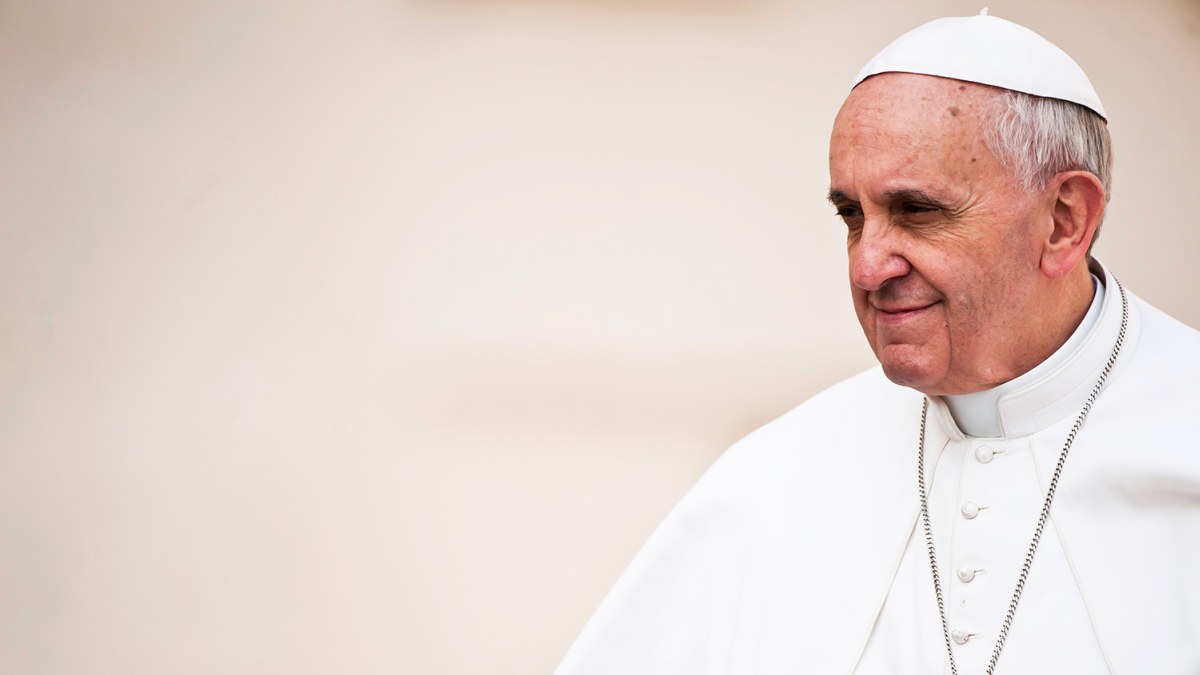
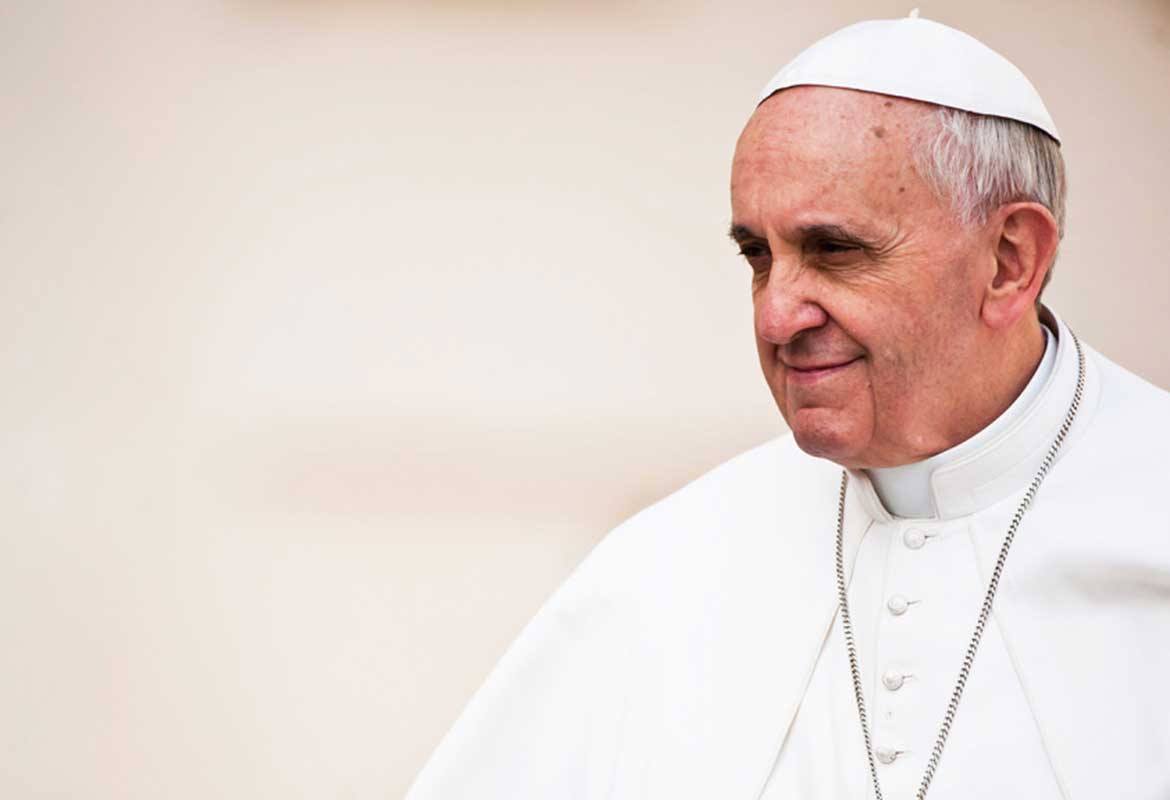
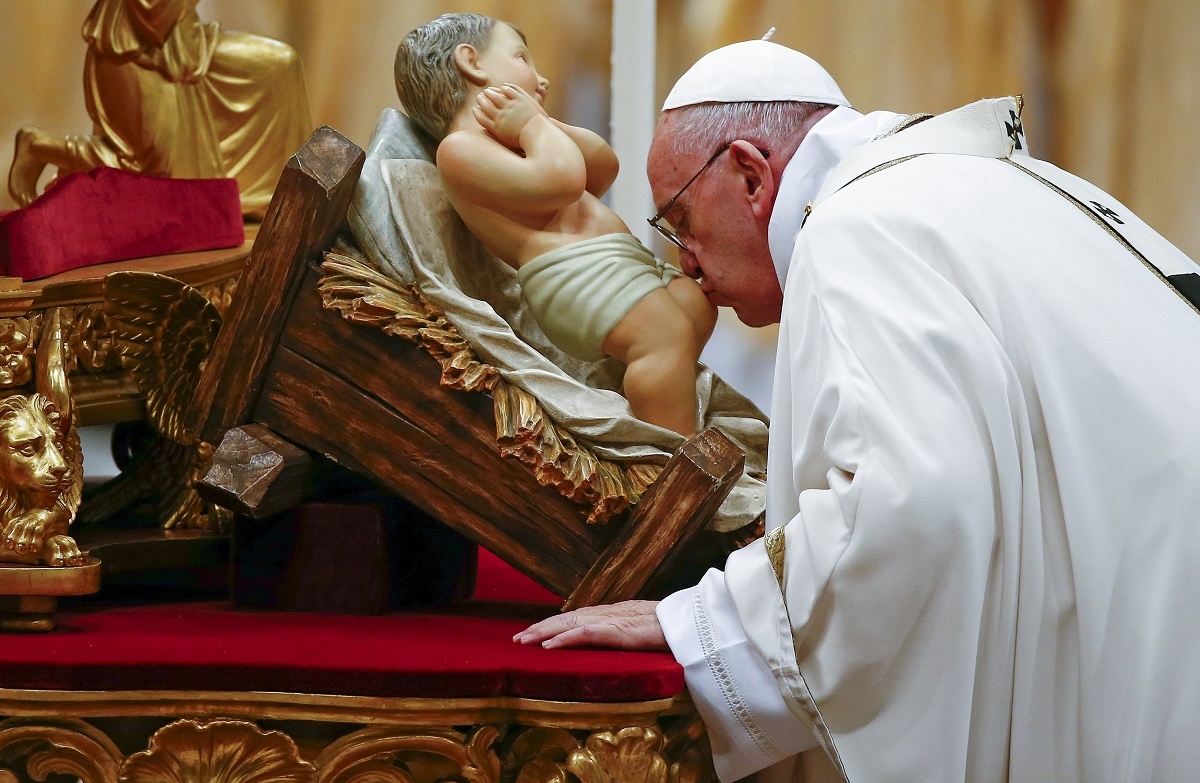
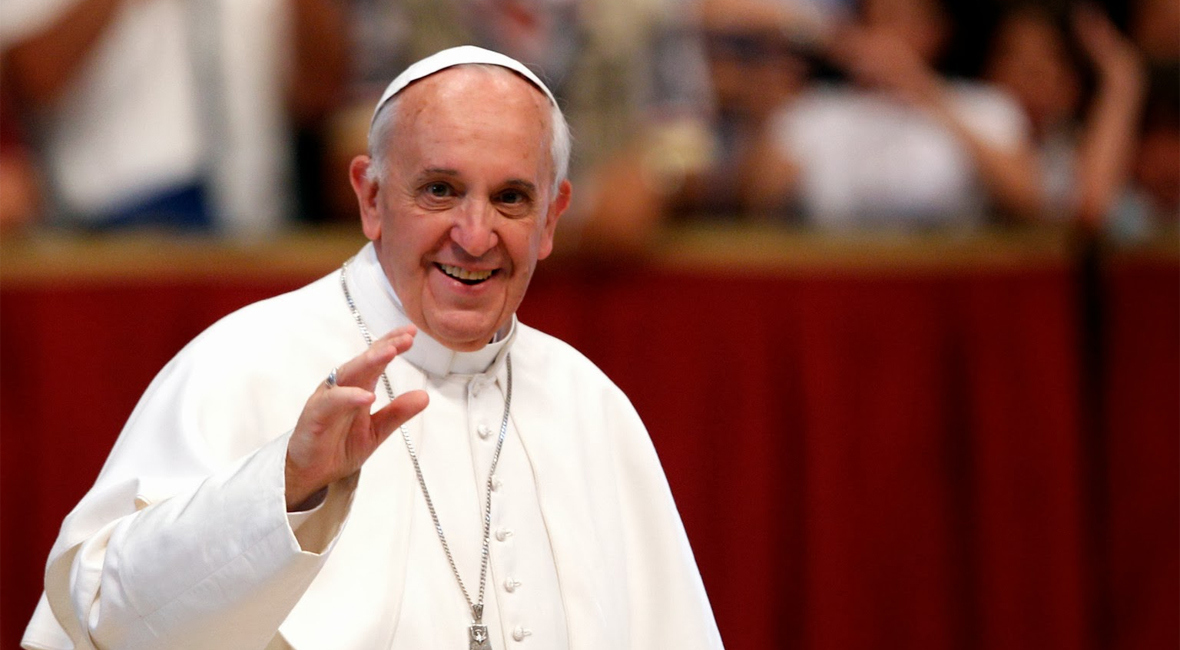


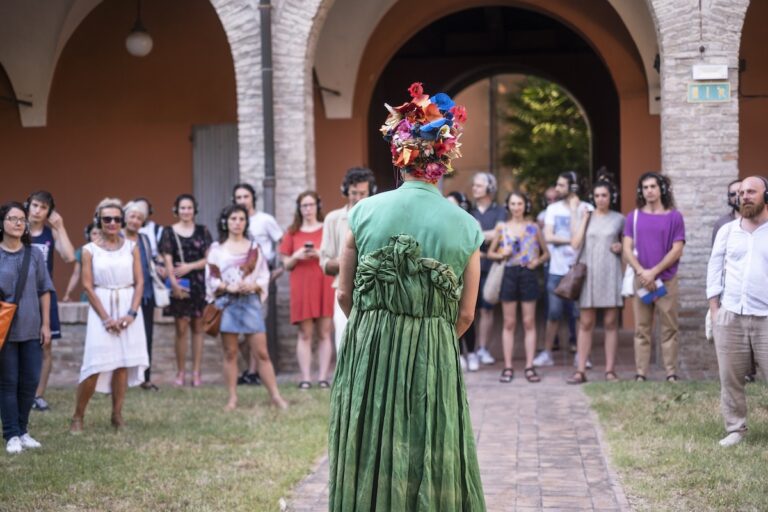
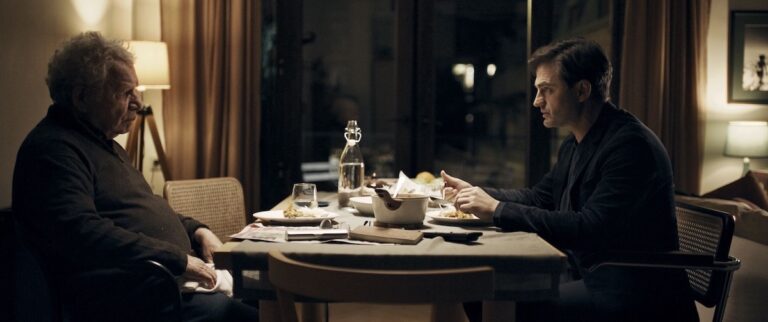


+ There are no comments
Add yours